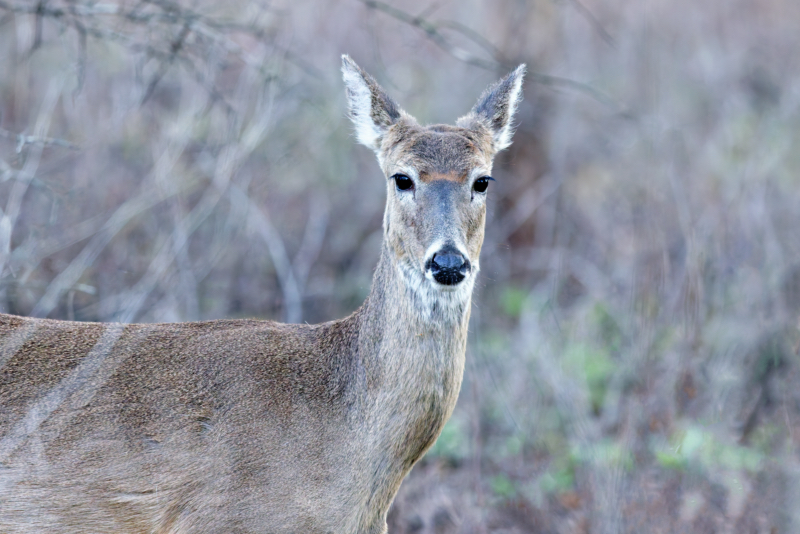Have you noticed more Whitetail Does on their own lately? You’re not alone! As spring unfolds and brings new life to the environment, the behavior of these fascinating creatures shifts dramatically.
Here at Sequoyah National Wildlife Refuge in Oklahoma, I’ve come across several Does by themselves in recent days. This might leave you wondering – is this normal? The answer is yes! This solitary behavior is a telltale sign that fawning season is upon us.

Spring Cleaning: Social Shift for Fawning
Spring isn’t just about blooming flowers and warmer weather for Whitetail Deer. It’s a time of preparation for the next generation. As the environment changes and offers a wider range of food sources, the social dynamic among deer takes a fascinating turn.
One key factor driving this shift is parturition, the scientific term for giving birth. As Does get closer to delivery, they become increasingly intolerant of other deer, including other Does. This shift might seem drastic, but it’s driven by a fundamental need – finding a safe haven for their fawns.
Seclusion for Survival
Does instinctively seek out secluded areas to give birth and raise their young fawns. These secluded areas, called fawning sites, offer minimal disturbance and keep predators at bay. This isolation significantly improves the fawn’s chances of survival in their most vulnerable early weeks.
By staying solitary, Does minimize the risk of predators detecting their fawns. Fawns rely heavily on camouflage and staying unnoticed to avoid danger.
A Natural Rhythm: Solitary Does and Social Groups
The social structure of Whitetail Deer also plays a role in this seasonal shift. Female fawns typically stay with their mother’s social group, except during the summer birthing season. This temporary period of solitude is a strategic adaptation, allowing Does to focus on birthing and rearing their young fawns in a safe environment.
So, the next time you see a Whitetail Doe on her own, especially during the spring months, remember – it’s a natural part of their life cycle. This solitary behavior is a testament to their incredible instincts and the importance of ensuring the survival of their offspring.
